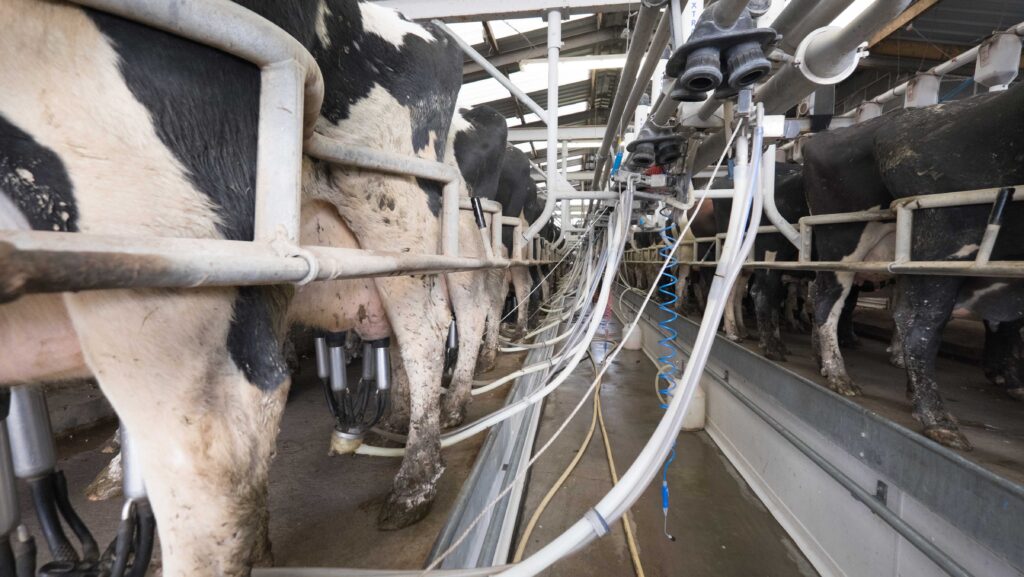Dairy profit margins begin to improve as milk prices rise
 © Tim Scrivener
© Tim Scrivener The outlook for dairy farmers looks to be improving, with profit margins forecast to be up for the 2024-25 milk year.
Profits slipped back last year for producers; however, margins are set to recover as a result of higher farmgate milk prices, according to research by Old Mill and the Farm Consultancy Group.
The annual Milk Cost of Production report found that the average income from milk sales was £2,910 a cow during the 2023-24 milk year, below the cost of production of £3,153 a cow.
See also: Dairy farmers receive autumn uplift as prices near 45p/litre
Andrew Vickery, head of rural services at Old Mill, said: “It was only through selling stock that most businesses managed to remain profitable.”
After accounting for non-milk income, such as sales of heifers and calves, businesses made an average profit of £152 a cow, without considering other factors such as BPS income, rent, and capital expenditure.
“The five-year profitability average is £478 a cow, showing that milk prices have been notably low this year,” said Mr Vickery.
Expenditure on farm varied during the year, with slightly lower feed costs but higher labour and machinery costs.
The cost of borrowing also increased due to higher interest rates.
Poor silage last year contributed to milk yields falling from 7,906 litres a cow to 7,256 litres a cow in 2023.
Meanwhile, average herd size decreased to 295 head.
2024-25 milk year
Milk income is expected to rise to £3,308 a cow for the 2024-25 milk year, while cost of production is forecast at £3,122 a cow.
Average profits have been forecast at £590 a cow.
Gerard Finnan at the Farm Consultancy Group said: “Though we are forecasting a significant turnaround in profit for the year ending March 2025, it doesn’t feel like that looking at current cashflows.”
Mr Vickery concluded: “Those businesses that retained enough cash during the better times of 2022 were the ones best able to weather the storm of the past 12 months.
“It is those businesses that should be best placed to reap the rewards of a more positive outlook for dairying in the short to medium term.”
